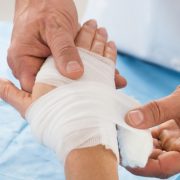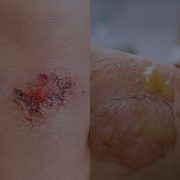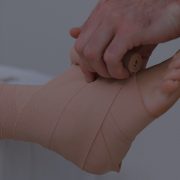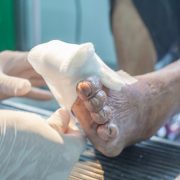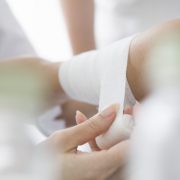Wound Assessment: The First Step to a Proper Treatment Plan
Over 6.5 million Americans suffer from chronic wounds each year and the cost for treating them amounts to more than $25 billion. Today, these numbers are continuously increasing due to an ageing population and a huge rise in cases of obesity and diabetes not only in America but also across the world.
This is why proper wound assessment has never been more important. With wound care being an expensive area of treatment, it’s crucial for caregivers to know how to assess wounds properly because it is the first step to developing an effective treatment plan that promotes primary wound healing and excellent prognosis for patients.
Types of Wounds
Wounds typically fall into two categories—acute and chronic—and identifying what type of wound the patient should be the first thing that a caregiver should do:
- An acute wound is assessed by its damage to soft tissues and bony structures, and the method by which the patient incurred the injury. Acute wounds usually don’t present their entirety until after a few days or weeks from the time of injury, which is why it’s important to ask this information when doing the assessment.
A caregiver should also take note of the presence of contaminants in the wound so antibiotic can be given to the patient before infection gets worse. Any underlying tissue damage should be repaired and the wound irrigated to get rid of bacteria and contaminants.
- A wound is classified as chronic if it remains open and complete wound healing is not achieved within 12 weeks. The main goal of assessing a chronic wound is to determine the factors that affect primary wound healing and address them right away to prevent the problem from getting worse.
Elements of Proper Wound Assessment
Every caregiver should remember the most important steps in assessing a wound including:
- Site: Determining a wound’s location is crucial to creating the right treatment plan, especially if you’re dealing with ulcers. The site of a foot ulcer, for instance, is important in finding the right pair of shoes for the patient to wear.
- Measurement: A wound is typically measured using the clock method where width should be arm to arm and length is head to toe. It should also be measured using centimeters and its surface area calculated by multiplying the length by the width.
- Skin Integrity: The presence of maceration should be noted during wound assessment because it is an indication that the dressing is not absorbing exudation properly and measures should be done to avoid infection.
- Wound Bed: It’s very important to take a close look at the wound bed to assess if the wound is progressing in healing or not. Healthy granulation tissue has a light pink color while unhealthy tissue is usually dark red.
Proper wound assessment makes the foundation of an efficient and cost-effective treatment plan for any type of wound. This is why it should only be performed by professionals who know the principles of assessing wounds. This will help a patient’s healthcare team take the necessary steps to primary wound healing.
We specialize in diagnosis and treatment for any and all wound care issues for patients in San Diego County, Orange County and Riverside County. For more information or to set an appointment, please contact us.

